Vegetables that start with L are diverse, including several exotic names only found in select countries. But whether familiar or uncommon, L-listed vegetables can enrich your daily meals and uncover new cooking experiments.
Join me on this delectable exploration as I unfold these vegetables’ unique attributes and global impact, especially in terms of how they are eaten and used in cooking.
Next, stick around for choices of L-named foods as I will present several noticeable fruits that also begin with this letter. Are you ready to dive into the world of L-vegetables?
13 Well-known Vegetables That Start With L With Filter
In this post, you will discover 13 L–named vegetables suitable for many different applications.
For your ease of reference, I have ranked the vegetables in order of popularity. The more you read, the more exotic options you will discover.
Another feature that enhances your experience is interactive filters which label the vegetables in terms of options for dishes, options for beverages, options for garnish, and fruit vegetables.
Lettuce
- For Dishes
- For Garnish
Lettuce is a widely cultivated leafy vegetable of Mediterranean origin. Most varieties showcase a rosette of leaves growing from a central stem.
The color and shape of the leaves vary depending on the variety, ranging from light green to deep red and from smooth to frilly edges. Some common varieties include iceberg lettuce, romaine lettuce, butterhead lettuce, and loose-leaf lettuce.
Texture-wise, iceberg lettuce is crunchy and holds up well in salads, while romaine lettuce has a more substantial bite. Butterhead lettuce boasts a soft and velvety texture, and loose-leaf lettuce offers a delicate and tender mouthfeel.
Lettuce has a mild and refreshing flavor that is often described as slightly grassy and subtly bitter. Its neutral taste serves as an ideal canvas for various dressings, sauces, and toppings.
In Western cuisine, lettuce forms the foundation of salads. Iceberg lettuce is a classic choice for Caesar salads, while romaine lettuce shines in Greek salads.
Many Asian dishes use lettuce leaves as wrappers for ingredients in various dishes. In Mediterranean cooking, lettuce is used in sandwiches, wraps, and as a topping for pizzas.
Leek
- For Dishes
Leek is a versatile vegetable with edible leaf sheaths. It features long, cylindrical stems that resemble oversized green onions.
The edible parts of leeks extend from the white base to the light green and dark green parts. The white base is tender when cooked, while the light green portion is slightly tougher.
Leeks boast a milder flavor than common onions, with a subtle sweetness that becomes more pronounced upon cooking. This vegetable is a common ingredient for many classic European soups and broths.
Asian cuisines use leeks in stir-fries and noodle dishes. Mediterranean countries add leeks to frittatas, pies, and various savory tarts.
Interestingly, leeks are one of the national emblems of Wales and are extensively used in the country’s national dish: the Welsh cawl.
Legume
- For Dishes
- For Garnish
Legume encompasses various types of edible seeds inside the pods of many plants in the pea family, including chickpeas, lentils, kidney beans, soybeans, peanuts, and more.
Legumes are packed with protein, carbohydrates, fiber, and minerals like copper, iron, magnesium, and zinc. Almost all cooking techniques are applicable to legumes, which are also an excellent meat substitute for vegans and vegetarians.
Lentil
- For Dishes
Lentil is a legume with a small size and a flat, disc-like shape. Popular lentil colors include brown, green, black, red, and yellow.
Some types of lentils remain firm and slightly chewy after being cooked, while others become soft and creamy. Most lentil varieties boast a mild, earthy flavor with nutty undertones.
In the Mediterranean and the Middle East, which is the birthplace of lentils, this legume appears in various soups, stews, salads, and spreads.
Indian cuisine relies heavily on lentils, especially in making stews to serve with flatbread. Generally, lentils are an ideal meat and wheat starch substitute for making burgers, patties, and even pasta.
Lady’s Finger
- For Dishes
Lady’s finger, also known as okra or bhindi, is a green vegetable that has its origins in Africa. Though technically a fruit, it is often utilized as a vegetable.
A typical lady’s finger has a slender and elongated shape like the fingers of a lady, hence the name. The outer surface is slightly ridged and vibrant green, while the interior is filled with tiny white seeds.
Cooked ladies’ fingers are distinctively slimy, so using proper cooking techniques is necessary. Their flavor is mild and slightly grassy, with a subtle hint of bitterness.
Ladies’ fingers are widely used in Indian cuisines, Middle Eastern and Mediterranean stews, and African (especially West African) soups and stews.
In Caribbean and Southern US cuisine, ladies’ fingers appear in many dishes thanks to their thickening and flavoring properties.
Lima Bean
- For Dishes
Lima bean is a legume that originated in the Americas. Its alternative names are butter bean, sieva bean, Madagascar bean, and double bean.
Lima beans are characterized by their kidney-shaped seeds that are pale green or cream. Baby lima beans are smaller and more tender, while larger lima beans have a denser texture.
The outer pod of lima beans is discarded to reveal the edible seeds inside, which are mildly sweet, nutty, and buttery.
Many countries around the world, from Southern America to West Africa, use lima beans in their cooking. Popular ways of cooking lima beans are stewing, baking, simmering, cooking in curries, and boiling to add to salads.
Lotus Root
- For Dishes
Lotus root is a unique and versatile vegetable that has long been a staple in Asian cuisines. It comes from the rhizome (underground plant stem) of the lotus plant that grows in muddy environments.
A normal lotus root has a cylindrical shape and a series of holes that run through its cross-section, giving a honeycomb-like appearance.
Texture-wise, lotus roots are as crunchy as celery stems and slightly starchy. Their taste is mild and slightly sweet, with a hint of earthiness.
In many parts of Asia, people use lotus roots in both sweet and savory dishes, such as stir-fries, soups, hot pots, and stews. Japanese cuisine even includes this vegetable in crispy tempura.
Meanwhile, Indians use lotus root in curries and vegetable dishes, where its mild flavor absorbs the spices and seasonings of the dish.
Lotus roots are gaining popularity in Western culinary scenes, where they appear in salads, chips, and even in innovative dishes like lotus root purees.
Lemongrass
- For Beverages
- For Dishes
Lemongrass is a fragrant and aromatic herb of Southeast Asian countries. It is particularly famous in Thailand, Vietnam, Malaysia, Cambodia, and Indonesia.
Lemongrass goes by many other names in English, such as citronella grass, barbed wire grass, fever grass, and silky heads. The vegetable’s common name suggests its bright and citrusy aroma, with lemony and herbal notes.
The pale green stalks of lemongrass are long, fibrous, and taper towards the bottom. Their tough outer layers need to be removed before use, while the inner part is more tender and flavorful.
People use lemongrass to infuse dishes with flavors rather than eat it directly. Its culinary uses include stews, curries, noodle soups, salads, grilled dishes, marinades, and pastes.
Lemongrass has also found its way into global cuisines. For instance, in Caribbean and Latin American cuisines, lemongrass is featured in marinades and sauces for grilled meats and seafood.
Lupini Bean
- For Dishes
Lupini bean, or lupin bean, is a small, oval-shaped legume that ranges in color from yellow to white. Originating from the Middle East, it has been enjoyed in various cuisines for centuries.
There are two main categories of lupini beans: bitter and sweet varieties. The former has a higher alkaloid content and requires soaking and boiling to remove its bitterness.
The exterior of lupini beans is thick and may have a slightly wrinkled texture. Cooked lupini beans are tender yet still offer a satisfying bite and a sweet, nutty taste.
In several Mediterranean and Latin American countries, lupini beans are often soaked, brined, and seasoned to serve as a popular snack or appetizer. This dish is popular in bars and restaurants.
But the main culinary application of lupini beans is to add them to salads, stews, and soups.
Lakota Squash
- For Dishes
- Fruit Vegetables
Lakota squash is a versatile vegetable that traces its origin to the indigenous peoples of North America. It belongs to the fruit vegetable category.
With a shape reminiscent of a squat pear, lakota squash exhibits deep reddish-orange skin with dark green streaks extending from the bottom. The interior flesh is dense and vibrant orange.
Lakota squash has a fine-grained texture, which becomes silky and tender when cooked. The flavor profile of lakota squash is subtly sweet with nutty undertones.
In North American and European cooking, lakota squash is often roasted to bring out its natural sweetness and used as a side dish or a base for hearty soups. Many people also use the squash in purees and sauces.
Many Asian curries, stir-fries, soups, sauces, and even desserts feature the smooth consistency of cooked lakota squash.
Leaf Celery
- For Dishes
Leaf celery, also known as cutting celery or Chinese celery, is an aromatic leafy vegetable that hails from East Asia. It showcases green leaves that resemble flat-leaf parsley but are darker.
The leaves of this aromatic vegetable are crisp and tender. Their flavors are intensely earthy and grassy, with strong celery notes and a hint of parsley-like freshness.
Chinese people usually stir-fry leaf celery, while Mediterranean cooking uses this aromatic vegetable in various soups, stews, and sauces.
In Middle Eastern and North African cuisines, leaf celery is a staple in salads, herb blends, and marinades. Many European dishes employ leaf celery as an essential component in stocks, broths, and seasoning mixes.
Luffa Gourd
- For Dishes
- Fruit Vegetables
Luffa gourd, also known as sponge gourd or rag gourd, is a fruit vegetable hailing from the tropical and subtropical regions of Asia.
Depending on the variety, luffa gourd varies from a few inches to over a foot in length. Its skin is either smooth or ridged and is green when young yet turns yellow or brown in later stages.
Inside, the luffa gourd contains a spongy, fibrous texture that results in its alternative names. Young luffa gourds are mild and slightly sweet yet become more fibrous and less palatable.
In Chinese, Indian, and Southeast Asian cooking traditions, luffa gourds form the base of many stir-fries, curries, soups, and stews. The young gourds are sliced and added to the broth.
Beyond culinary uses, many people use the fibrous inside of luffa gourds as a natural scrubbing sponge for bathing and cleaning.
Lamb’s Quarters
- Exotic
- For Dishes
Lamb’s quarters is a leafy vegetable that originated in North America. Its alternative names are lambsquarters, goosefoot, and pigweed.
Despite its reputation to some as a weed, lamb’s quarters is actually a tasty leafy green. Its earthy flavor is reminiscent of spinach and can be enhanced through both cooking and raw consumption.
Lamb’s quarters falls within the broadleaf category and shares a family with quinoa and amaranth.
Now that you know so much about vegetables that start with L, I will cover fruits that begin with the same letter in the next section.
What Are Must-know Fruits That Start With L?
Below is an overview of the most popular fruits whose names begin with L.
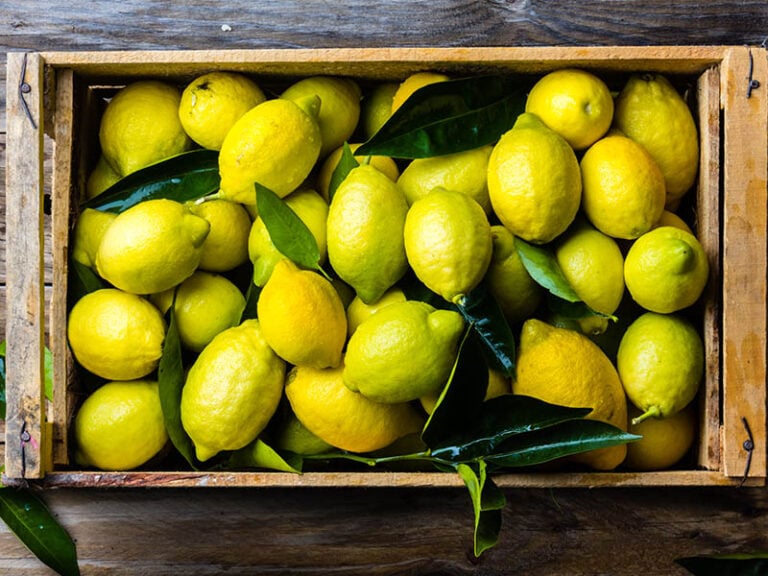
Lemon
Lemon is among the most common citrus fruits in the world. Its most prominent characteristics include its bright yellow rind and highly acidic taste.
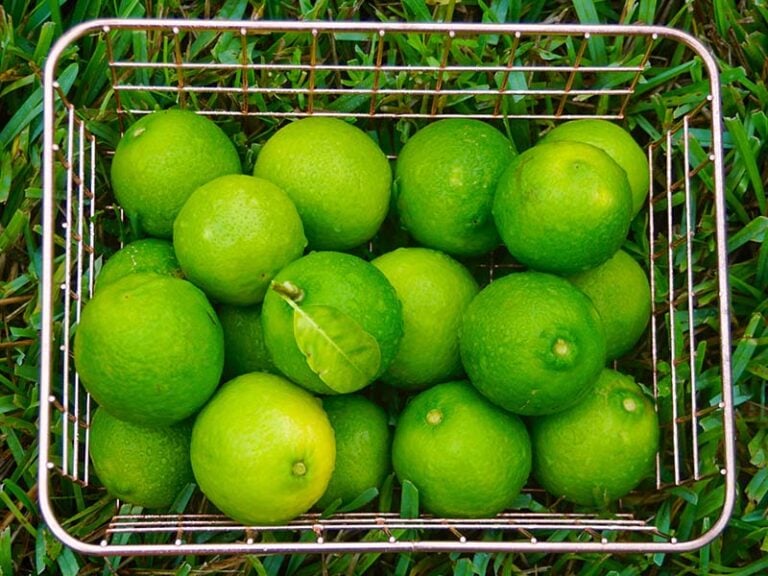
Lime
Lime is a green citrus fruit with a very tart flavor. It is smaller than the lemon and is mainly popular in many parts of Asia and Latin America.
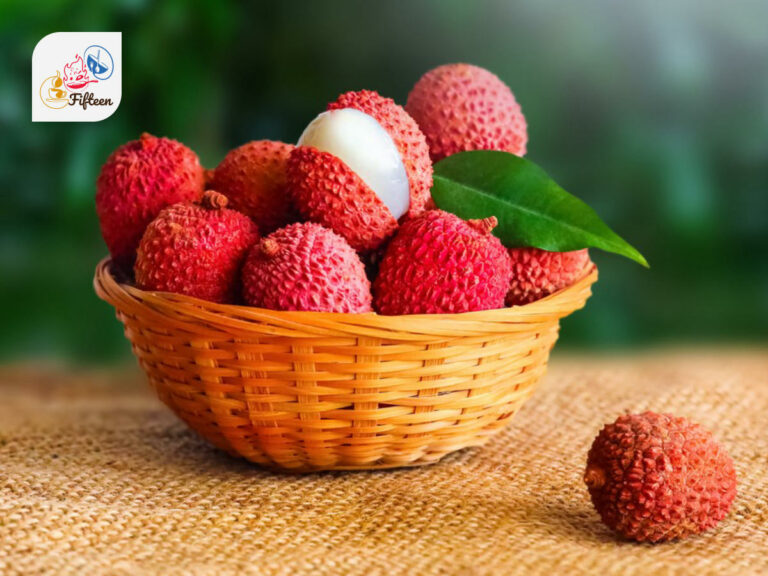
Lychee
Lychee is a tropical fruit hailing from Southern China and Southeast Asia. It consists of rough, leathery reddish-brown skin and juicy, sweet white flesh.
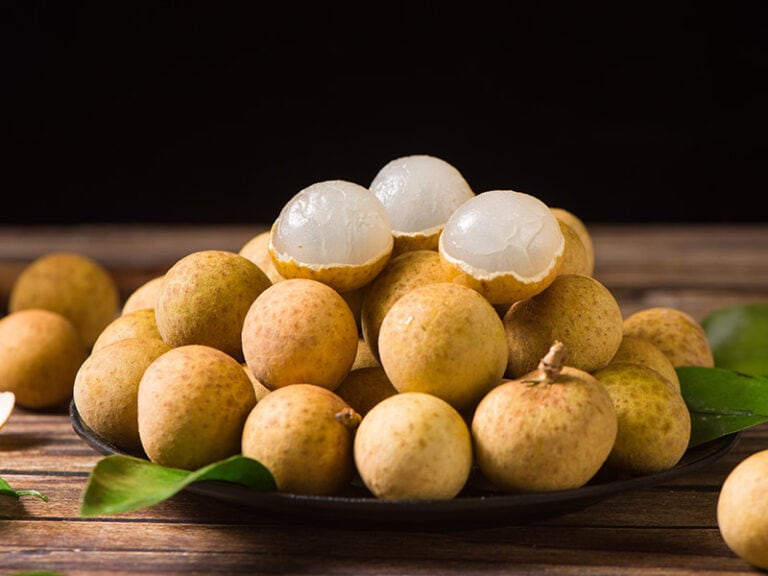
Longan
Longan is a tropical fruit found in China and many parts of Southeast Asia. It has a small size, slightly smooth brown skin, and sugary white pulp.
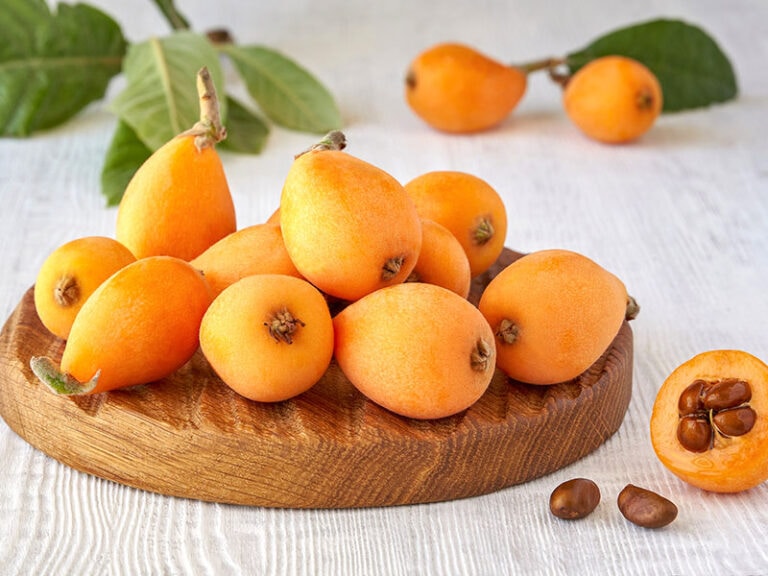
Loquat
Loquat is a round, orange fruit hailing from China. Upon reaching maturity, it is highly aromatic and boasts a deliciously sweet flavor.
Do you want to discover more tasty options? Then check out the full lists of fruits that start with L; I’m certain they won’t disappoint you.
Let me know your thoughts and feedback in the comment section. Besides these L-named veggies, there are other options in other letters below. So don’s miss them!


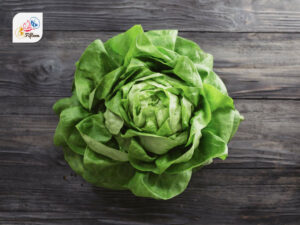
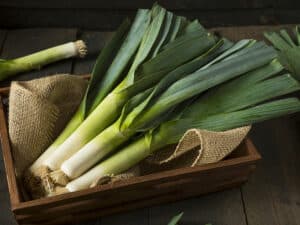
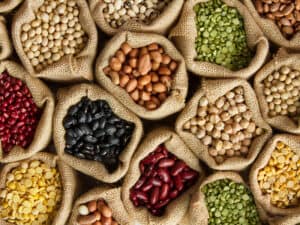
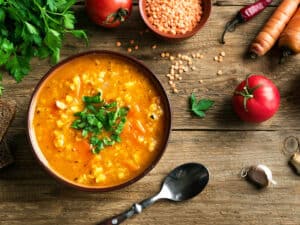

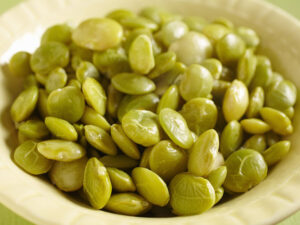
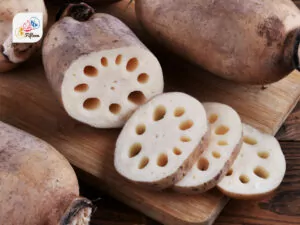
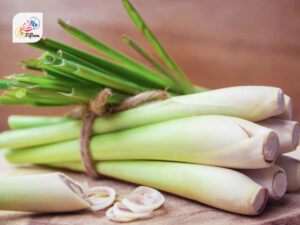
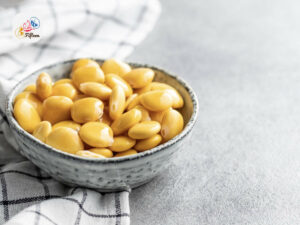
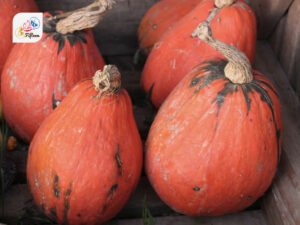
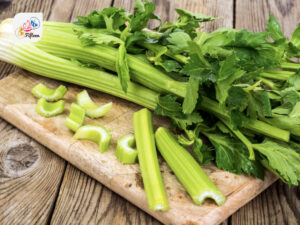
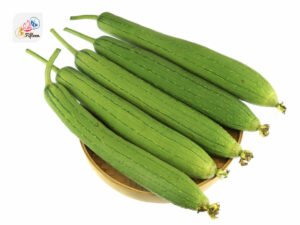
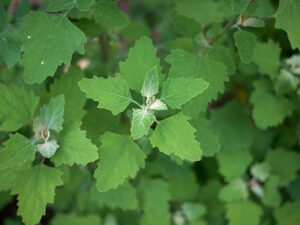
Jamie Scott
Editor in Chief, Senior Content Writer
Expertise
Home Cooking, Meal Planning, Recipe Development, Baking and Pastry, Food Editor, Cooking-video Maker, Western Food Evaluation Expert
Education
Le Cordon Bleu College of Culinary Arts
Local Community College, New York, NY
Jamie Scott is a skilled culinary expert and content creator specializing in Western cuisine. With over 15 years in the culinary field and formal training from Le Cordon Bleu, Paris, Jamie deeply understands how to blend nutrition with delicious flavors. His passion for cooking matches his commitment to making healthy eating accessible and enjoyable.
On Fifteen.net, Jamie brings a fresh perspective to classic dishes and beverages, offering readers insightful recipes, cooking tips, and a fresh view on meal planning that emphasizes taste, health, and simplicity.